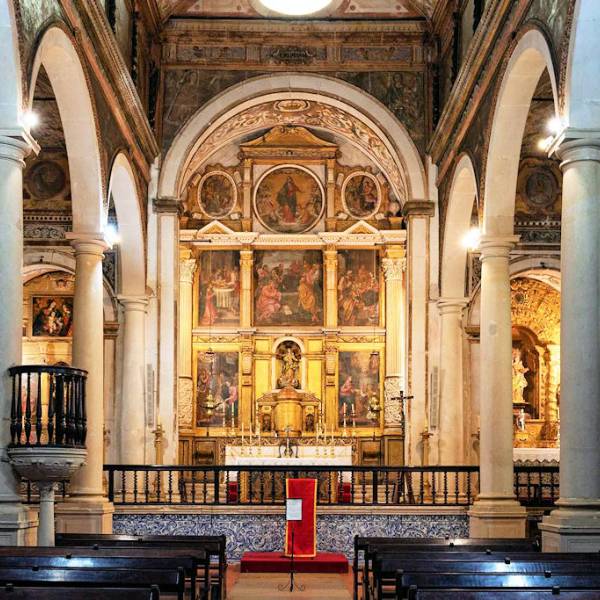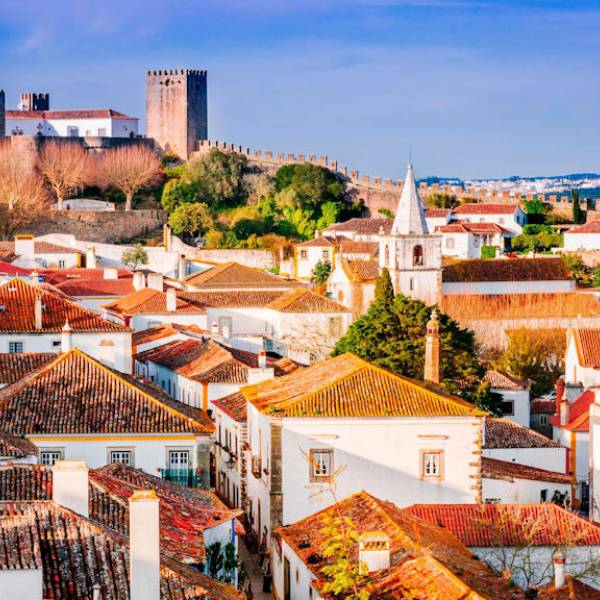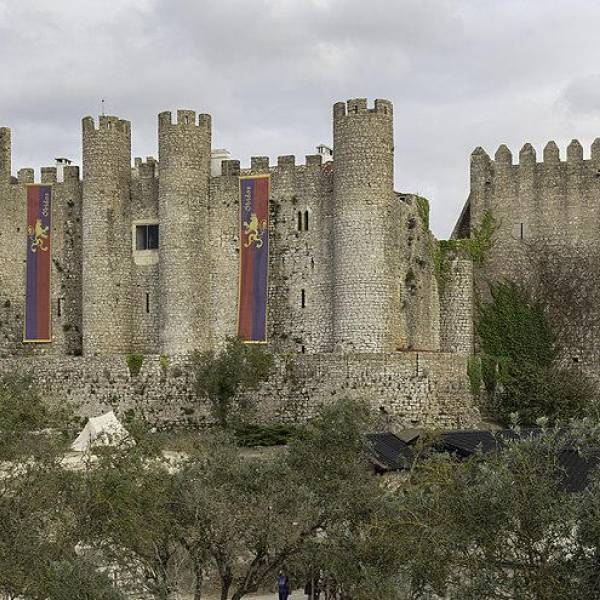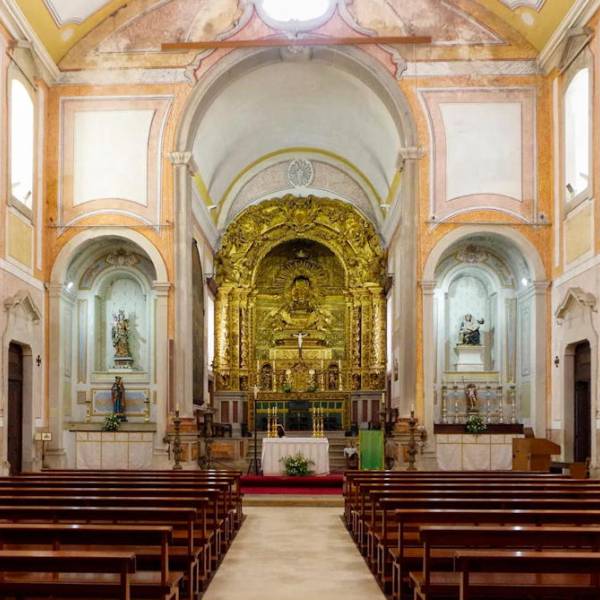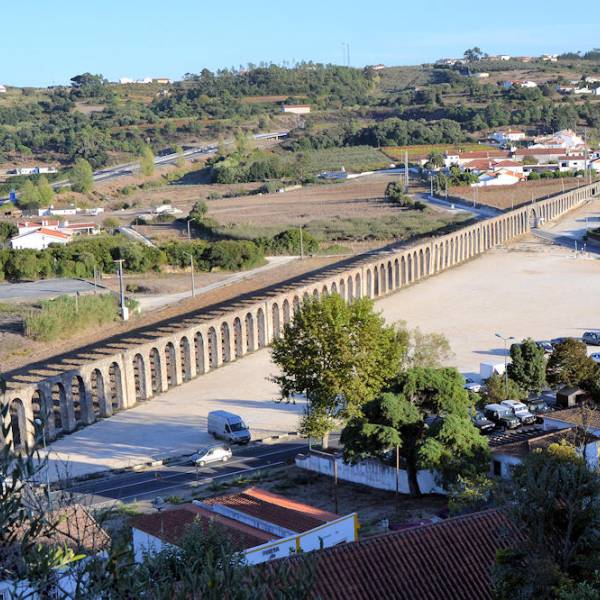The Sanctuary of Our Lord Jesus of the Stone is a recommended day trip from Lisbon. Visit this sacred sanctuary, located in Tomar, and experience its spiritual atmosphere. Discover the religious significance, admire the beautiful architecture, and embrace the tranquility of this revered pilgrimage site.
The Sanctuary of Our Lord Jesus of the Stone is a stunning example of Baroque architecture. Designed by Captain Rodrigo Franco from Mitra Patriarcal, the temple showcases a harmonious fusion of exterior and interior elements. Its cylindrical exterior encases a hexagonal polygonal interior, which serves as the central focal point. Notably, the sanctuary features three distinct attachments - two towers and a sacristy - further enhancing its visual appeal. The symmetrical design is accentuated by the interplay of inverted windows, adding a unique touch to the architectural composition.
Stepping inside the sanctuary, visitors are greeted by a captivating interior adorned with religious artwork. The main chancel is dedicated to Calvary, featuring a remarkable canvas by André Gonçalves. The side chapels pay homage to Our Lady of Conception and Saint Joseph's death, showcasing exquisite canvases by José da Costa Negreiros. These artistic masterpieces reflect the devotion and craftsmanship of the era, adding to the sanctuary's allure as a place of spiritual contemplation and artistic appreciation.
A central focus of the Sanctuary of Our Lord Jesus of the Stone is the peculiar stone image of Christ Crucified, displayed on the Altar-Mor. This significant religious artifact was previously housed in a small chapel along the road to Caldas da Rainha, where it garnered immense devotion, particularly from King João V. Legends surrounding the construction of the sanctuary are deeply intertwined with agricultural hardships and epidemics. It is believed that the image of the Lord of the Stone possessed intercessory power, offering solace and hope during times of distress.
Lisbon.vip Recommends
Efforts have been made over the years to preserve and maintain the Sanctuary of Our Lord Jesus of the Stone, ensuring its longevity and continued role as a place of worship. Restoration projects have focused on conserving its architectural integrity while preserving the precious artworks within. These endeavors highlight the dedication to safeguarding this cultural and religious gem for future generations to appreciate and experience.
The Sanctuary of Our Lord Jesus of the Stone in Óbidos, Portugal, stands as a testament to the profound intertwining of faith, artistry, and legends. Its exquisite Baroque architecture, intricate interior details, and the veneration of the Crucified Christ reflect the spiritual devotion and artistic brilliance of the time. As visitors explore this sacred sanctuary, they are transported to a realm where religious fervor and artistic expression harmoniously converge, leaving an indelible impression of both devotion and architectural splendor. The Sanctuary of Our Lord Jesus of the Stone serves as a reminder of the power of faith, the enduring legacy of art, and the timeless significance of cultural heritage.
Map View





